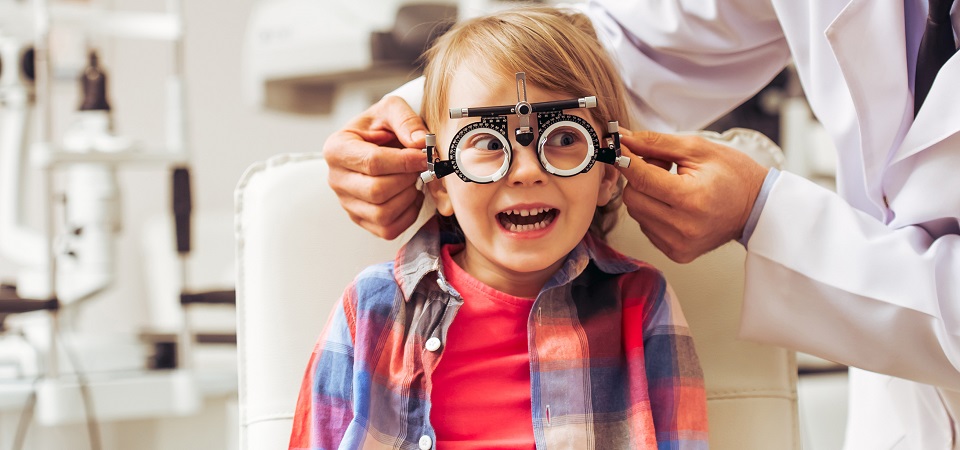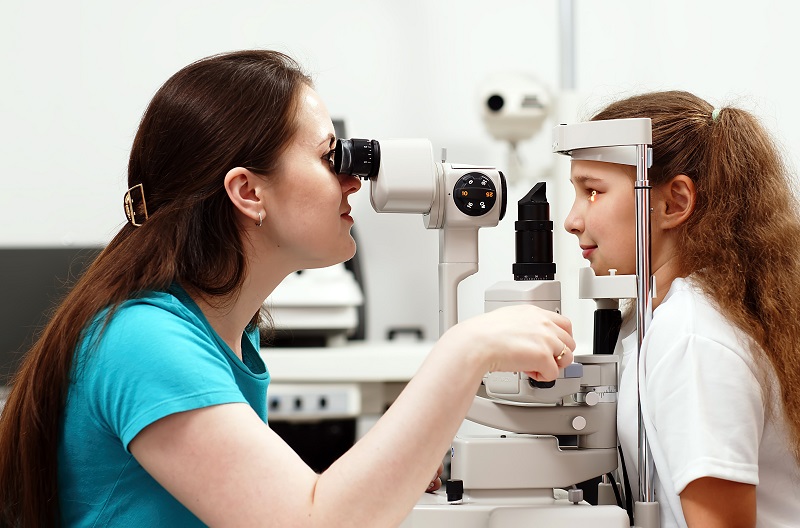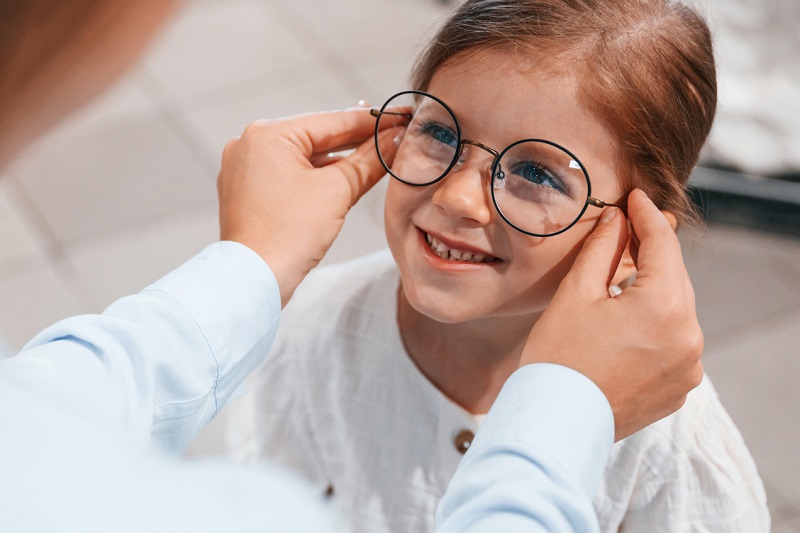
Myopia is a refractive error that happens when the eye elongates, causing light to focus in front of the retina instead of directly on it. This results in blurred distance vision, making it difficult to clearly see objects that are far away.
While myopia can affect individuals of any age, it typically develops in childhood and can progress rapidly during the early teenage years. Common symptoms include squinting, eye strain, and difficulty seeing distant objects clearly.
The condition can stabilise between the ages of 20 and 40, and begin to worsen again as you get older.


We can help you manage myopia with our advanced diagnostic tools and specialised treatments. Our experienced optometrists will conduct a thorough eye examination to assess the extent of the myopia and put in place a personalised treatment plan.
Specialised glasses or contact lenses for myopia can slow the progression of the condition. Our practice offers innovative solutions like MiYOSMART lenses and MiSight contact lenses.
As well as specialised lenses, we can recommend lifestyle changes that will help.
Myopia is a progressive condition, and early intervention is crucial to slow it down. By tackling it early, we can help preserve your child’s vision and reduce the risk of developing more serious eye conditions later in life.
If you’re struggling with myopia or you have concerns about your child’s vision, don’t hesitate to schedule an eye exam appointment with our experienced optometrists.
Proper myopia management can make a significant difference in safeguarding your or your child’s eye health and ensuring clear, comfortable vision for years to come.

We will do our best to accommodate your busy schedule.
94 Stoke Newington Church St,
London N16 0AP,
United Kingdom
Monday to Friday - 9:30am to 5:30pm
Wednesday and Thursday - late night until 6:30pm
Saturdays - 9:30am to 4:00pm
Sundays - Closed
© All rights reserved. Website designed and developed by OptiCommerce.